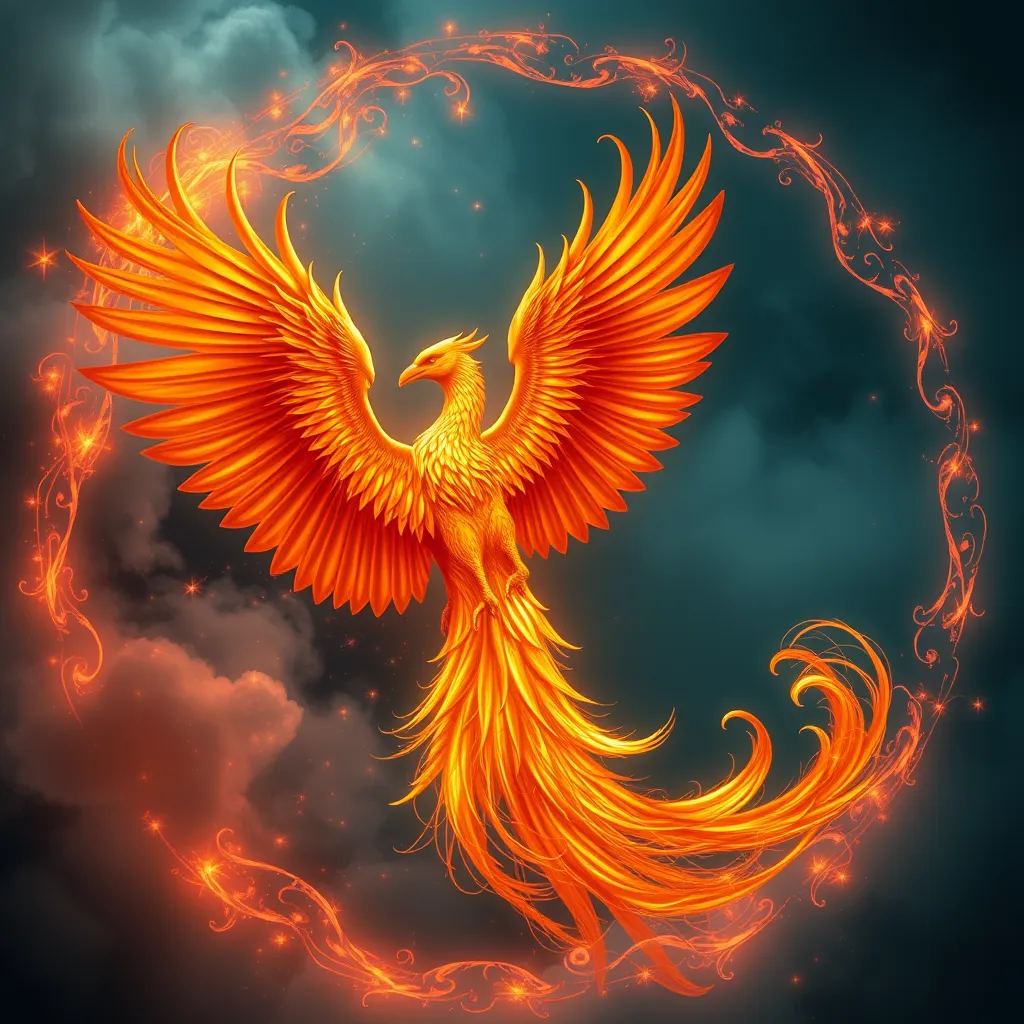The Minotaur in Popular Culture: Examining the Monster’s Presence in Film, Television, and Games
I. Introduction
The Minotaur, a creature from Greek mythology, has captivated audiences for centuries with its unique blend of human and beastly traits. Traditionally depicted as a creature with the body of a man and the head of a bull, the Minotaur is most famously associated with the labyrinth of Crete, where it was imprisoned. This myth encapsulates themes of sacrifice, identity, and the struggle between civilization and chaos.
The importance of the Minotaur in cultural narratives cannot be overstated; it represents the darker aspects of human nature and the complexities of our own inner beasts. As such, the Minotaur has become a significant figure in various forms of media, influencing countless stories and characters in film, television, and video games. This article aims to explore the Minotaur’s presence in modern media, examining how this ancient myth continues to inspire contemporary storytelling.
II. The Origins of the Minotaur Myth
The origins of the Minotaur myth can be traced back to ancient Greek culture, where the creature was born from the union of Pasiphaë, the wife of King Minos of Crete, and a magnificent bull. This unnatural conception led to the creation of the Minotaur, which was subsequently confined within a labyrinth designed by the architect Daedalus to prevent it from wreaking havoc.
Several key themes and symbolism are associated with the Minotaur, including:
- Duality: The Minotaur embodies the conflict between human intellect and primal instincts.
- Entrapment: The labyrinth symbolizes the complexities of life and the challenges we face in navigating our paths.
- Sacrifice: The myth often involves themes of sacrifice, as seen in the tributes sent to the Minotaur from Athens.
The labyrinth itself serves as a powerful representation of complexity and entrapment, mirroring the struggles individuals face when confronting their fears and desires. This rich symbolism has allowed the Minotaur to remain relevant throughout the ages.
III. The Minotaur in Film
The Minotaur has appeared in numerous films, each interpretation bringing new dimensions to the myth. Notable films featuring the Minotaur include:
- Classic adaptations: Films like “Jason and the Argonauts” (1963) have introduced the Minotaur to generations, portraying it as a fearsome guardian of the labyrinth.
- Modern interpretations: More recent films, such as “The Hunger Games” (2012), incorporate elements of the Minotaur myth, particularly in the themes of sacrifice and survival in a brutal, competitive environment.
The portrayal of the Minotaur in these films often emphasizes the creature’s tragic nature, exploring themes of isolation and the struggle for identity. Visual storytelling enhances the impact of the Minotaur’s legacy, allowing audiences to connect emotionally with its plight.
IV. The Minotaur in Television
Television shows have also embraced the Minotaur mythos, incorporating the creature into their narratives. Some notable series include:
- “Teen Wolf”: This series features a Minotaur character, exploring themes of transformation and the struggle between human nature and monstrous instincts.
- “Once Upon a Time”: This show weaves various myths and fairy tales together, with the Minotaur representing the darker side of characters and their conflicts.
These series often use the Minotaur as a metaphor for personal struggles, such as identity crises and societal issues like discrimination and fear of the unknown. The character development and narrative arcs in these shows provide a nuanced exploration of the Minotaur’s significance in contemporary storytelling.
V. The Minotaur in Video Games
The Minotaur has also made its mark in the world of video games, appearing in various titles and genres. Some prominent examples include:
- Action and role-playing games: Games like “God of War” and “Assassin’s Creed” feature Minotaur characters or references, often as formidable foes that players must confront.
In these games, gameplay mechanics related to the Minotaur myth often involve navigating labyrinthine environments, symbolizing the journey of self-discovery and facing one’s fears. Player interaction plays a significant role in reinterpreting the Minotaur’s story, as players engage with the myth in an interactive format.
VI. Thematic Analysis of the Minotaur’s Representation
Across various media, several common themes emerge in the representation of the Minotaur:
- The duality of monstrosity and humanity: The Minotaur exemplifies the struggle between our animalistic instincts and our desire for civilization.
- The labyrinth as a symbol of internal conflict: The Minotaur’s home reflects the complexities of our own minds, often depicting the challenges we face in understanding ourselves.
The cultural significance of the Minotaur remains strong, as it resonates with contemporary fears and challenges, such as isolation, identity, and the struggle against one’s inner demons. This relevance ensures that the Minotaur will continue to be a powerful symbol in popular culture.
VII. The Minotaur’s Influence on Contemporary Storytelling
The Minotaur myth continues to inspire modern narratives, influencing genres ranging from horror to fantasy. Its themes of duality and complexity provide a rich foundation for storytelling. Intertextuality plays a crucial role in adapting the Minotaur story, allowing creators to draw from the myth while infusing it with contemporary relevance.
Looking to the future, we can expect to see further reinterpretations of the Minotaur in popular culture. As society grapples with new challenges and fears, the Minotaur will likely remain a compelling figure through which to explore the human experience.



